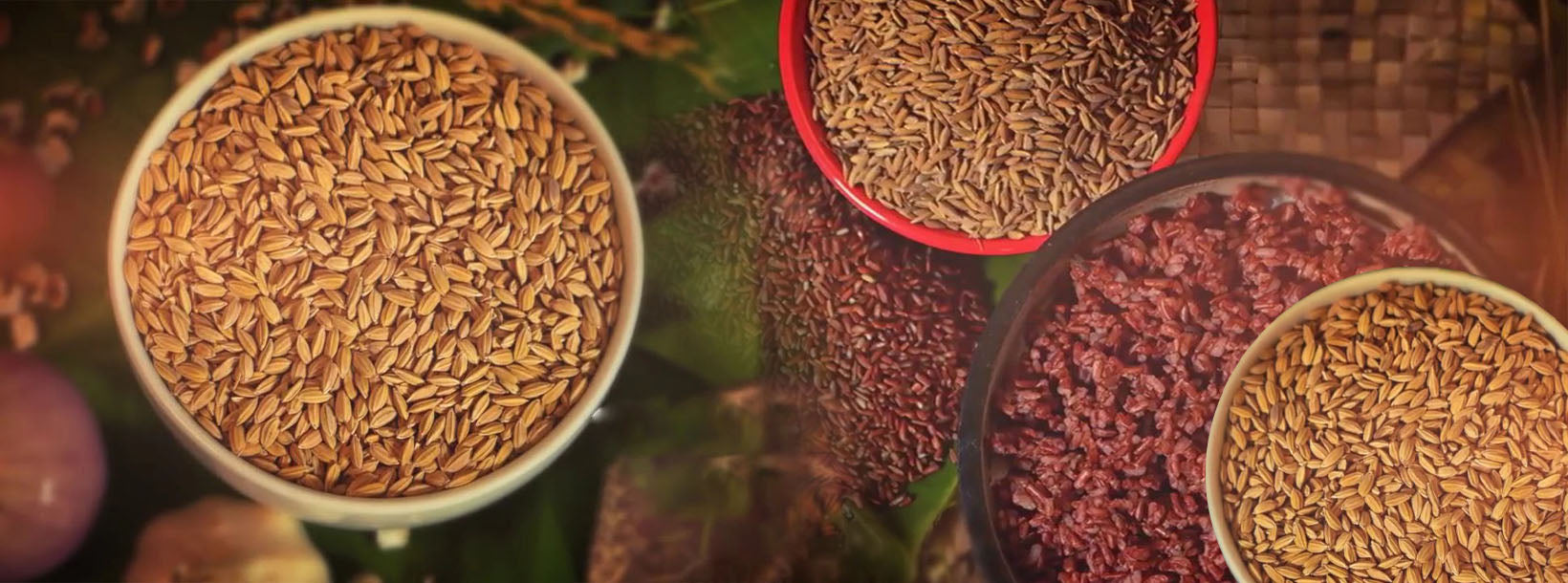
{"type":"root","children":[{"type":"text","value":"Tradycyjny ryż"}]}
Uprawa ryżu ma długi i równoległy związek z historią i kulturą kraju, a mieszkańcy Sri Lanki od 3 tysiącleci praktykują rolniczy tryb życia. Według dowodów zebranych w pisanych źródłach historycznych i archeologicznych, uprawa ryżu na wyspie sięga okresu 900-600 p.n.e.
Traditional Rice
In Sri Lanka rice has been grown as far back as 800 B. C. and it is further supported by massive irrigation structures since 390 B. C. During this period Sri Lanka was known as the granary of the East and existence of about 2000 indigenous rice varieties has been reported. Beginning of the 20th century about 567 traditional rice varieties had been documented. Those varieties had been adapted to various rice growing ecology’s in high elevation and low land rice farming systems of the country through natural evolution and unintentional selection by our ancestors.
As the traditional varieties were in mixtures due to negligence of the foreign rulers, purification process was adopted by the scientists of the Department of Agriculture in 1920s’ and pure lines were recommended for cultivation and present traditional varieties are mainly the outcome of those pure lines. Those varieties had the sufficient diversity to fit into the diverse rice growing environments and the consumer preferences. Therefore, traditional rice varieties are possessing specific adaptability rather than general adaptability.
Most of the varieties have long maturity duration of 4-6 months from seeding to harvesting. Very few varieties were with 2½ to 3½ months maturity duration. The most traditional rice varieties are red and only few are white in pericarp color. Some traditional varieties are highly photo period sensitive and they flower only when they are exposed to short days in the month of December so that they can be grown only during maha season in the country. The traditional plant architecture is very primitive having tall and weak culms which tend to lodge during cultivation. The harvest index of traditional varieties is less than 0.3 indicating that the biomass content is greater than the amount of grains produced in a plant leading to poor yield. The specific adaptability, resistance to antibiotic stresses and single resistance or susceptibility nature for some major pests and diseases are reported in traditional varieties.
The nutritional and medicinal properties of these varieties are claimed in the Sri Lankan traditional knowledge. Such properties are diverse and those include ability to improve the immune system, body strength and sexual strength, facilitate easy digestion, excretion and reducing toxins in the body, used for treating fever, diabetes, constipation, urinary problems, obesity, tuberculosis, haematemesis (vomiting of blood) and ability to treat people intoxicated with snake venom. Research conducted in recent years has scientifically validated some of these traditional claims and have clearly shown that Sri Lankan traditional rice, especially red rices possess beneficial medicinal properties in inflammation, diabetes, cancer, neurological diseases, cholesterol and oxidative stress. Thus, use and application of these valuable traditional or indigenous rice genetic resources in the country may effectively improve the nutritional and health status of people in Sri Lanka. Moreover, the huge diversity exists in traditional rice varieties demands their conservation and utilization for further improvement to fulfill the future rice requirement and may also provide solutions for the agricultural and environmental problems in the country as well as in the world. Therefore let’s preserve our treasure of naturally evolved traditional rice varieties to be used for future food and environment security.
Downloads:
-
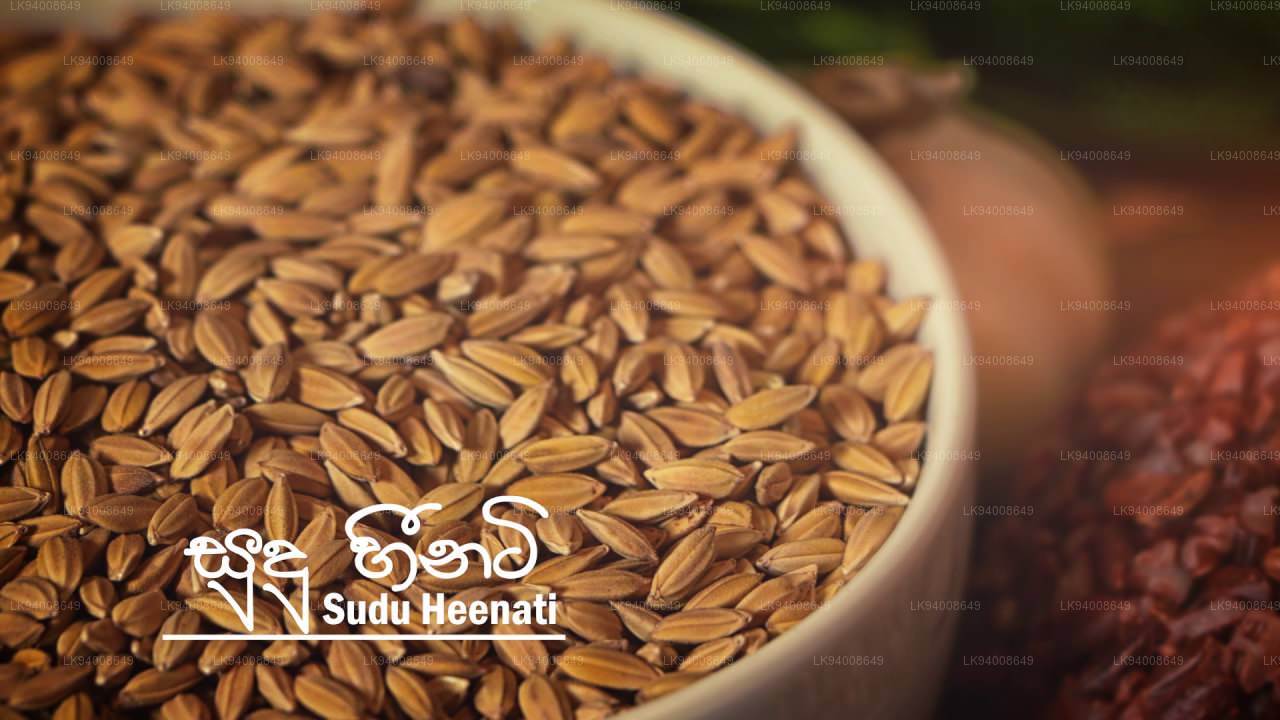 Sudu Heeneti
Sudu HeenetiSudu Heeneti to mała, biała odmiana ryżu heirloom, która jest bardzo pożywna, bogata w przeciwutleniacze i idealna do tradycyjnych lankijskich diet leczniczych. Ma miękką konsystencję i łagodny, ziemisty smak.
-
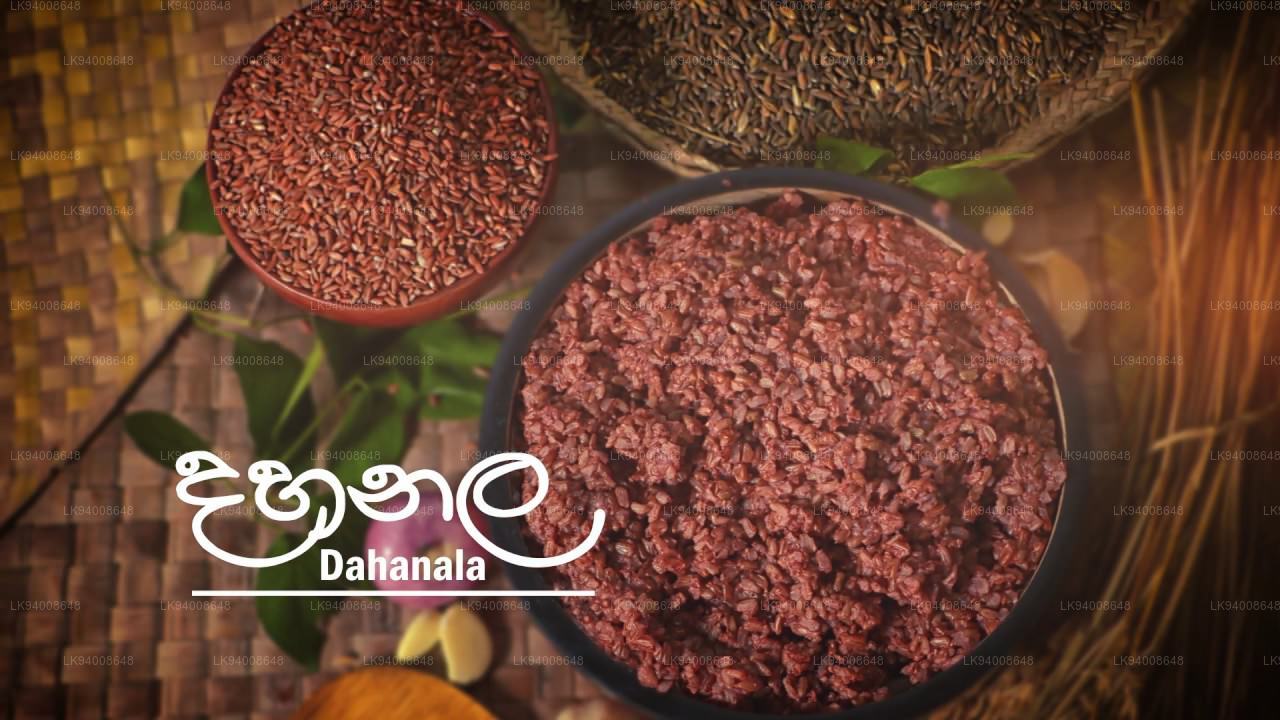 Dahanala
DahanalaDahanala to rzadki, bogaty w składniki odżywcze tradycyjny ryż o czerwonawym odcieniu. Jest ceniony za wysoką zawartość błonnika i łagodny, słodki smak, dzięki czemu idealnie nadaje się do owsianki i zdrowych posiłków.
-
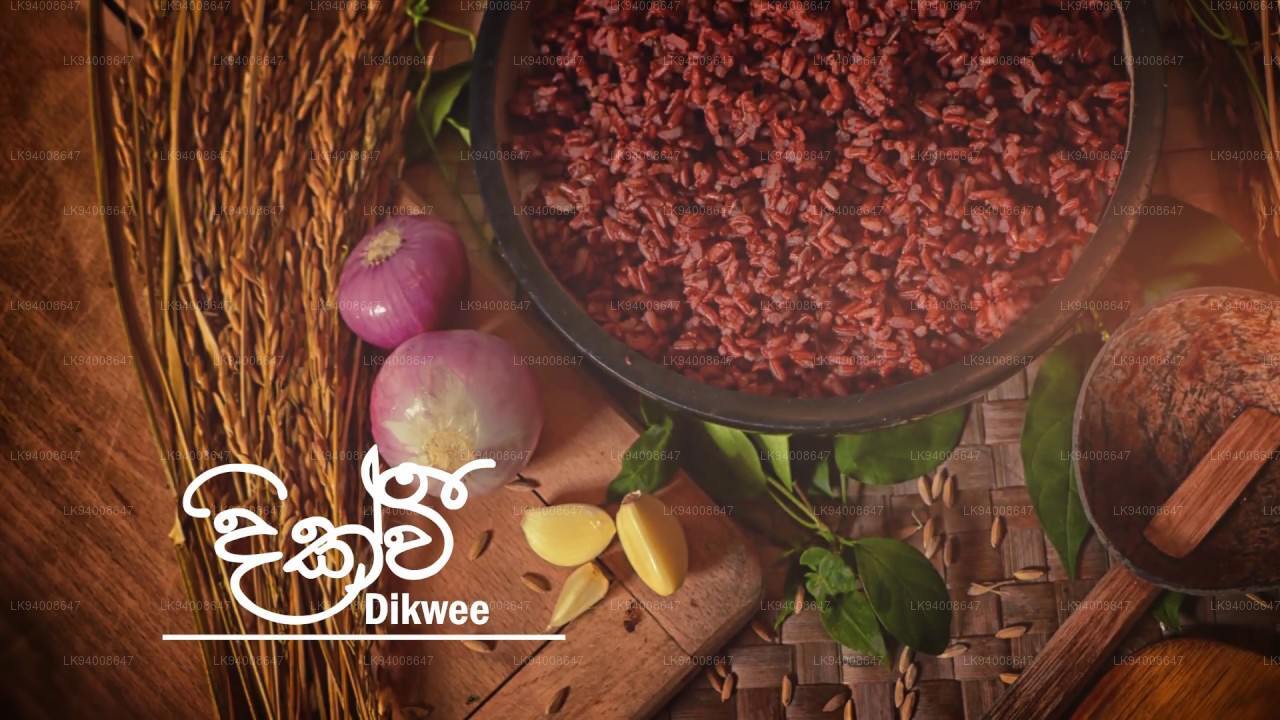 Dik Wee
Dik WeeDik Wee to średnioziarnista odmiana czerwonego ryżu, tradycyjnie uprawiana na Sri Lance. Roślina osiąga maksymalną wysokość 150 cm. Zbiór plonu trwa od 4 do 4,5 miesiąca od siewu.
-
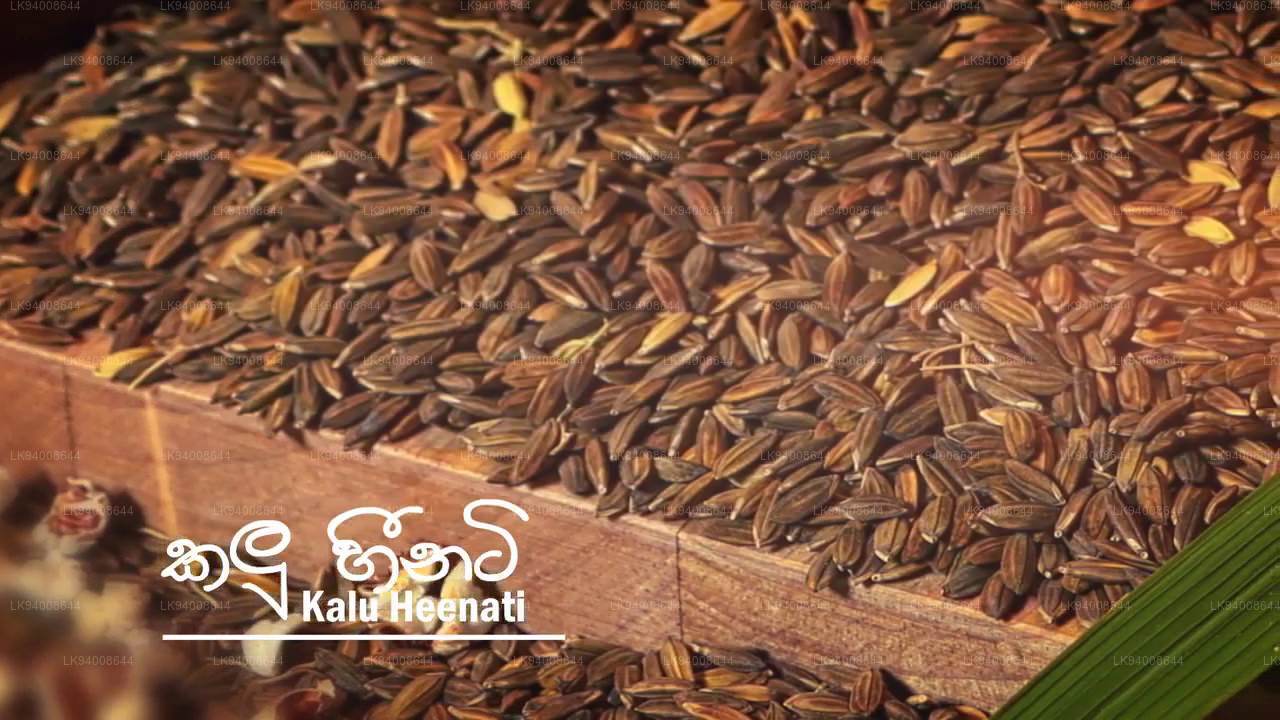 Kalu Heeneti
Kalu HeenetiTa odmiana ryżu nazywa się Kalu Heeneti ze względu na kolor plewki i blaszki liściowej, które po osiągnięciu dojrzałości stają się czarniawe. Jest tradycyjnie uprawiana na Sri Lance i produkuje czerwone, średniej wielkości ziarna. Roślina osiąga maksymalną wysokość 120 cm.
-
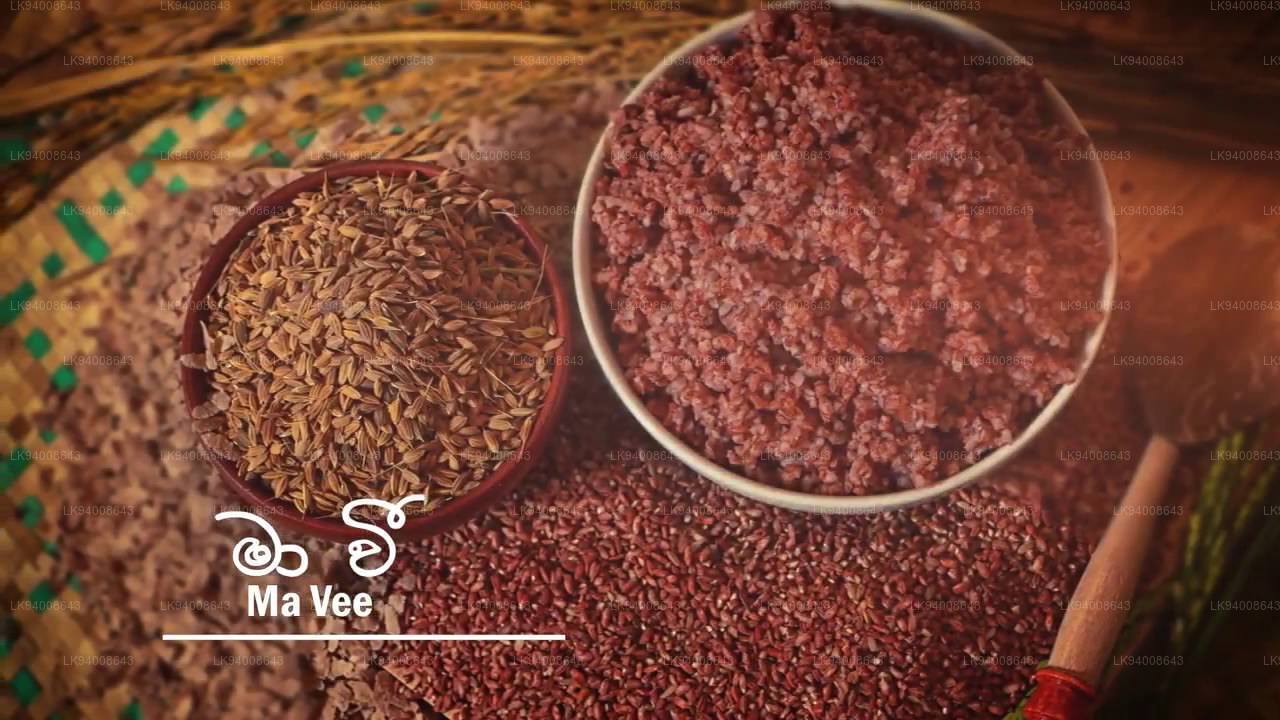 Ma Wee
Ma WeeMa Wee to odmiana czerwonego ryżu tradycyjnie uprawiana na Sri Lance. Ziarna różnią się wielkością i kształtem – od krótkich i okrągłych po długie i średniej wielkości. Jest to jedna z najwyższych uprawianych odmian ryżu, osiągająca maksymalną wysokość 350 cm.
-
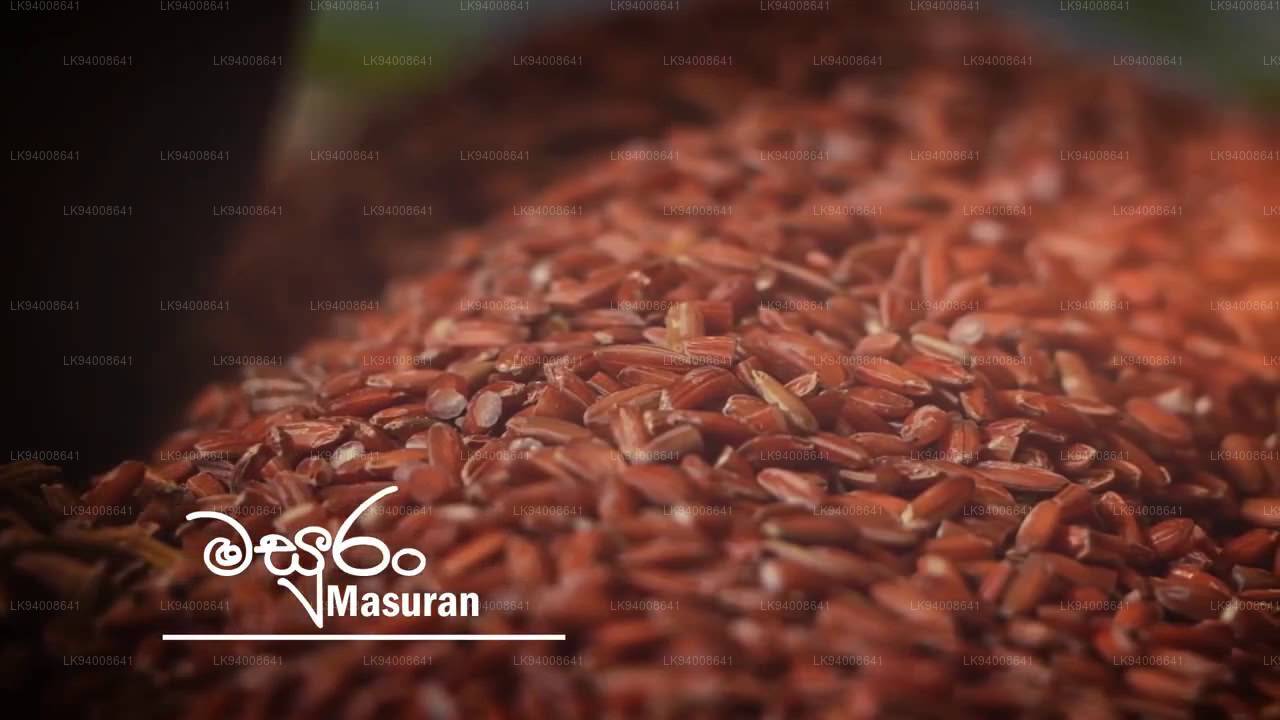 Mazuran
MazuranMasuran to popularna odmiana czerwonego ryżu o średnim ziarnie, tradycyjnie uprawiana na Sri Lance. Roślina osiąga maksymalną wysokość 120 cm i jest odporna na wyleganie. Zbiór tej rośliny można rozpocząć w ciągu 3,5 miesiąca od siewu w sezonie Yala i w ciągu 4,5 miesiąca w sezonie Maha.
-
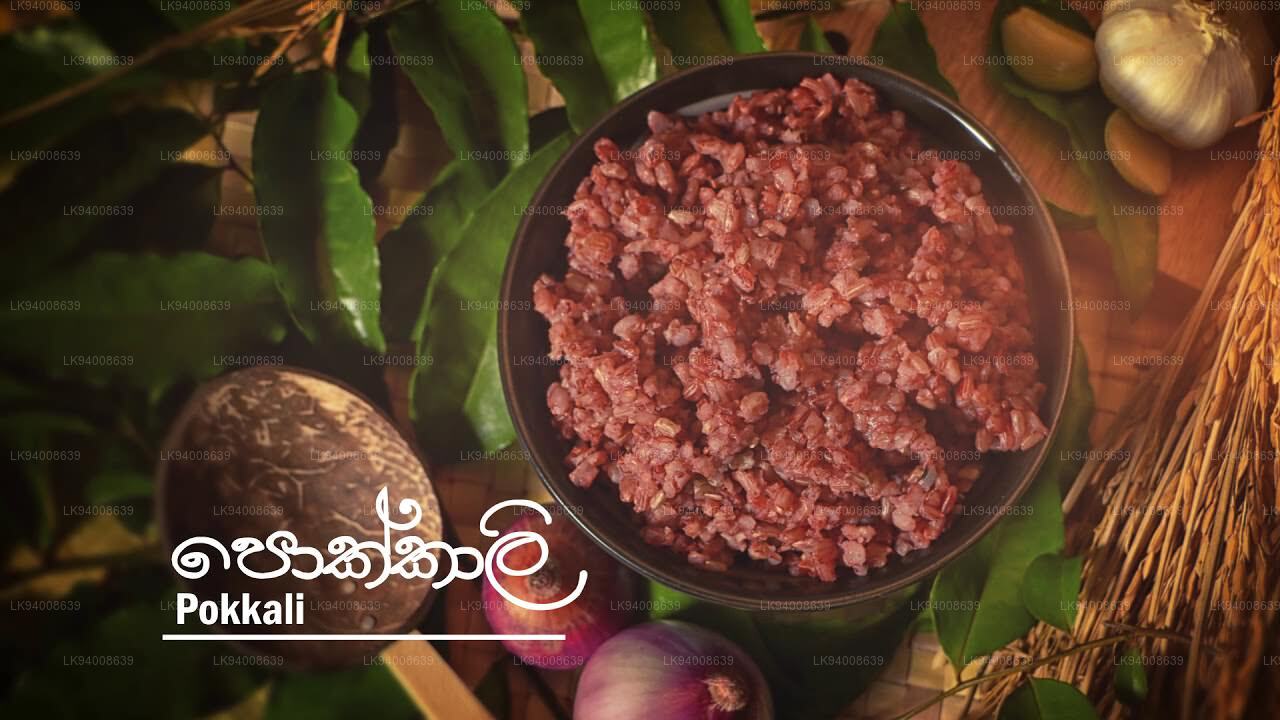 Pokkali
PokkaliPokkali to popularna odmiana czerwonego ryżu, tradycyjnie uprawiana na Sri Lance. Łodyga rośliny ma około 130 cm wysokości i wytwarza około 10 pędów na roślinę. Zbiór jest możliwy w ciągu 3,5 miesiąca od siewu.
-
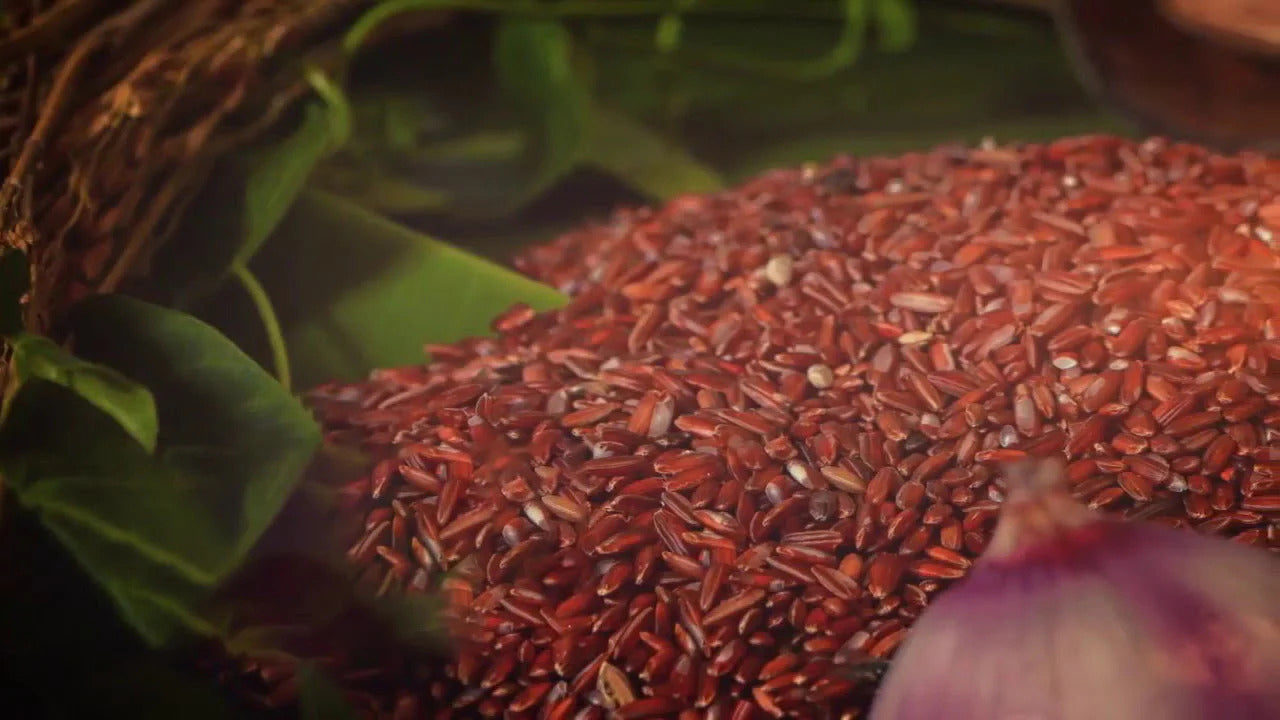 Pachchaperumal
PachchaperumalPachchaperumal to bardzo popularna odmiana czerwonego ryżu o średnim ziarnie, tradycyjnie uprawiana na Sri Lance. Roślina osiąga maksymalną wysokość 120 cm. Zbiór jest możliwy w ciągu 3,5 miesiąca od siewu. W fazie dojrzewania łodyga rośliny nabiera jasnoniebieskiego koloru.
-
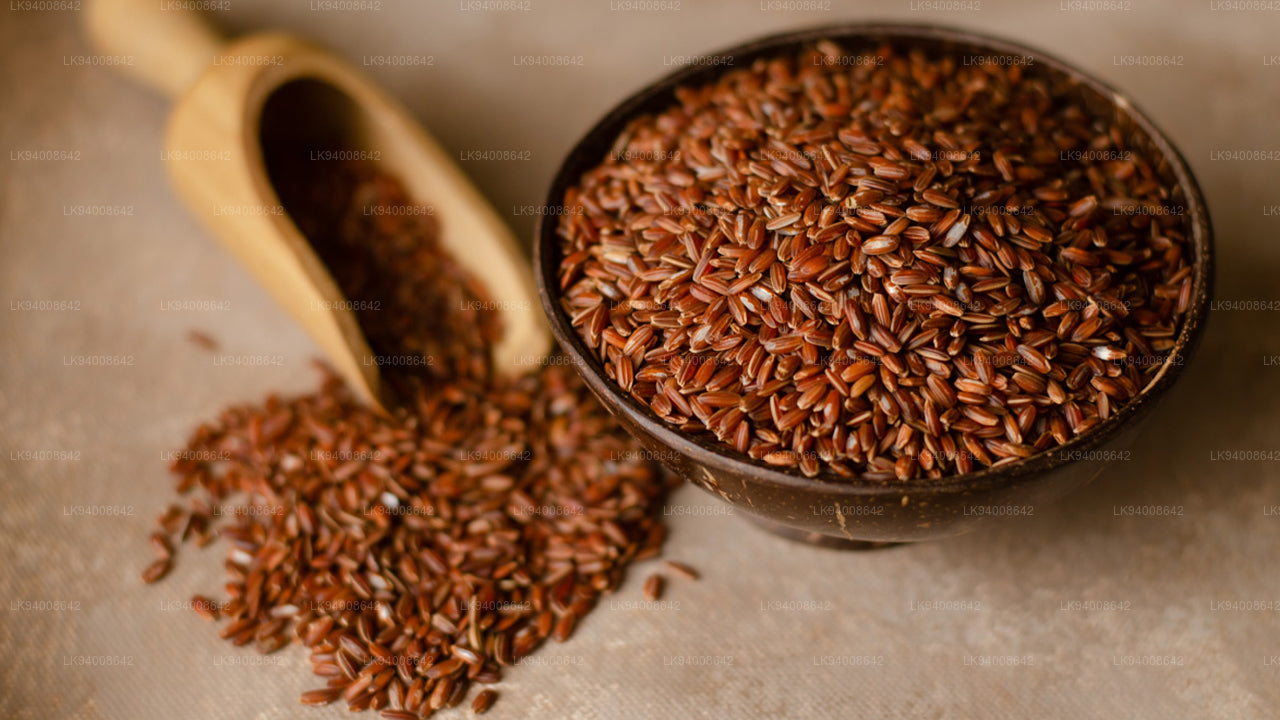 Madathawalu
MadathawaluMadathawalu to bardzo popularna odmiana czerwonego ryżu o krótkich ziarnach, tradycyjnie uprawiana na Sri Lance. Roślina osiąga maksymalną wysokość 130 cm. Zbiór plonu trwa 4 miesiące od siewu.
-
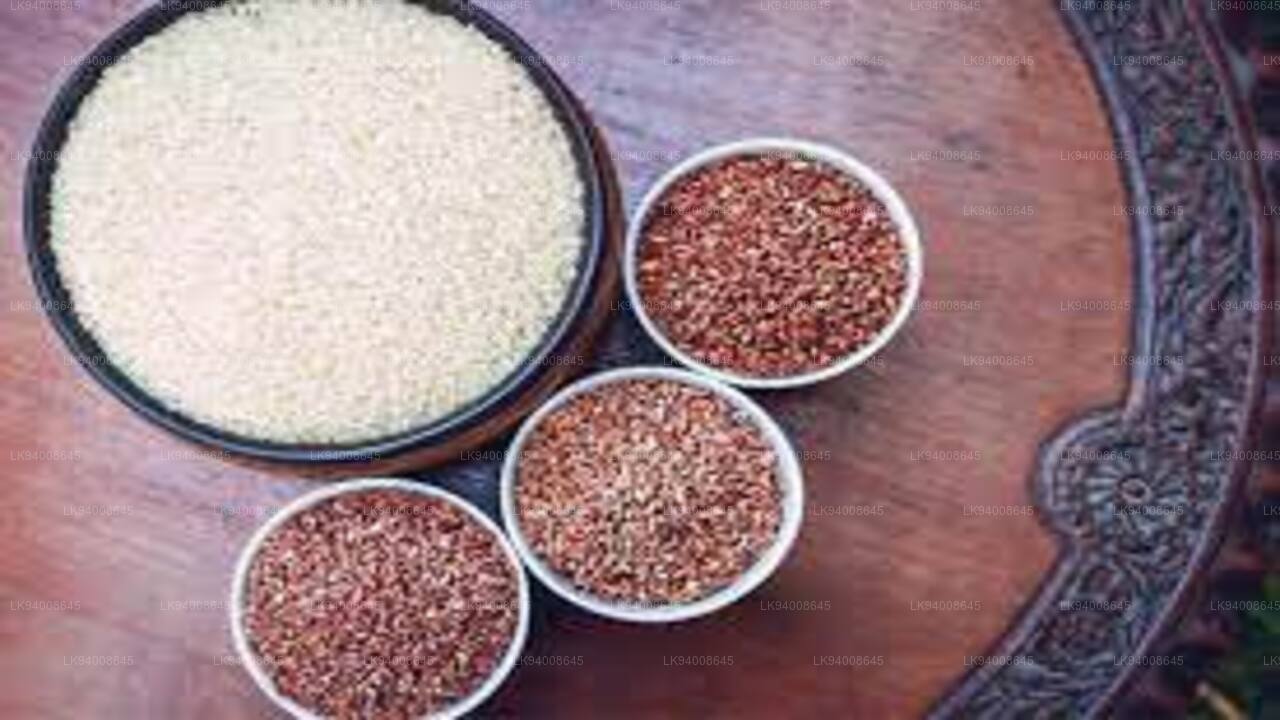 Gonabaru
GonabaruGonabaru to popularna odmiana ryżu średnioziarnistego, tradycyjnie uprawiana na Sri Lance. Roślina osiąga maksymalną wysokość 140 cm. Zbiór plonu możliwy jest w ciągu 5 miesięcy od siewu.
-
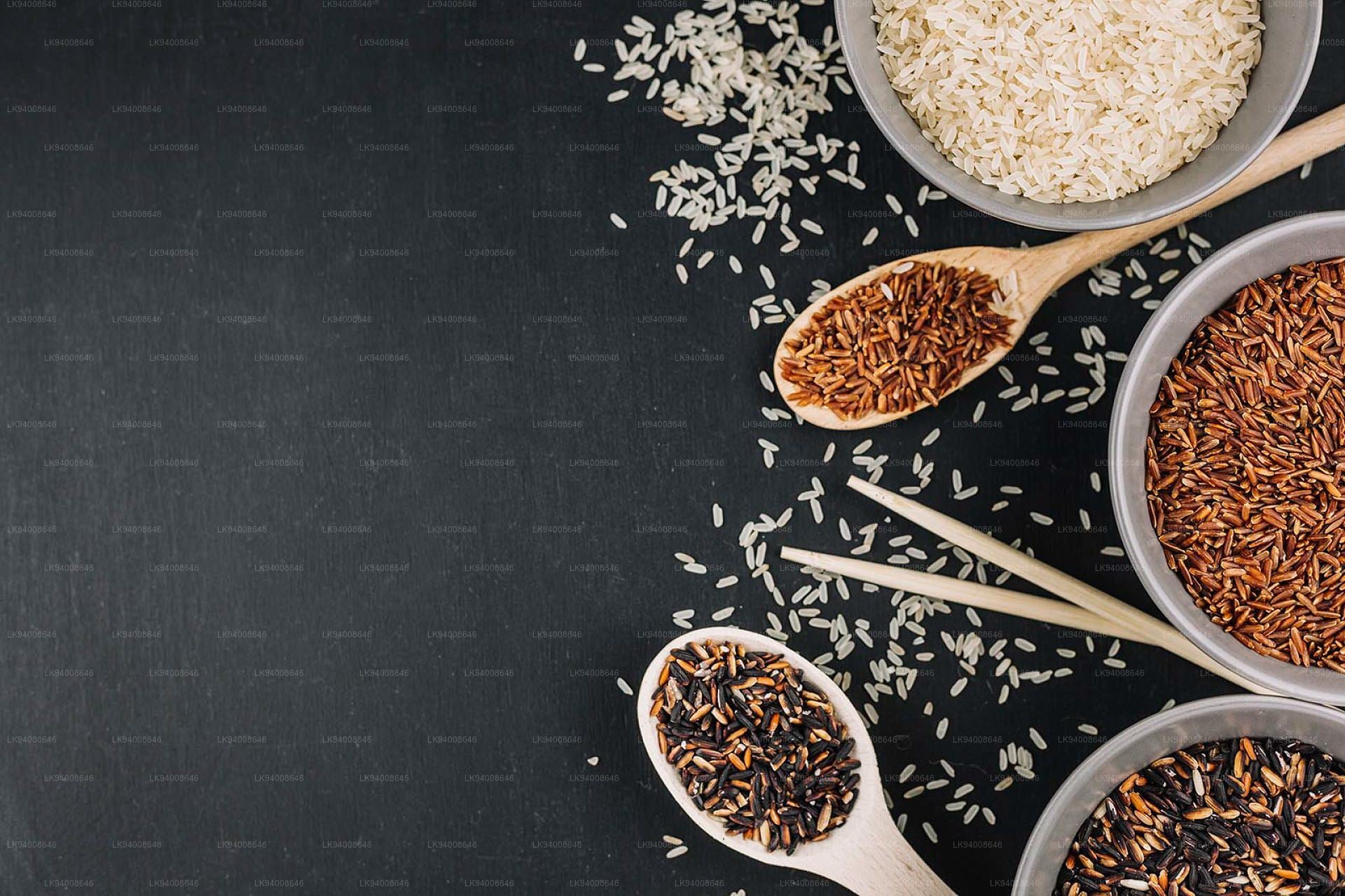 Goda Heeneti
Goda HeenetiGodaheeneti to popularna odmiana czerwonego ryżu o średnim ziarnie, tradycyjnie uprawiana na Sri Lance, należąca do typu heeneti. Roślina osiąga maksymalną wysokość 160 cm. Zbiór plonu możliwy jest w ciągu 3,5 miesiąca od siewu.
-
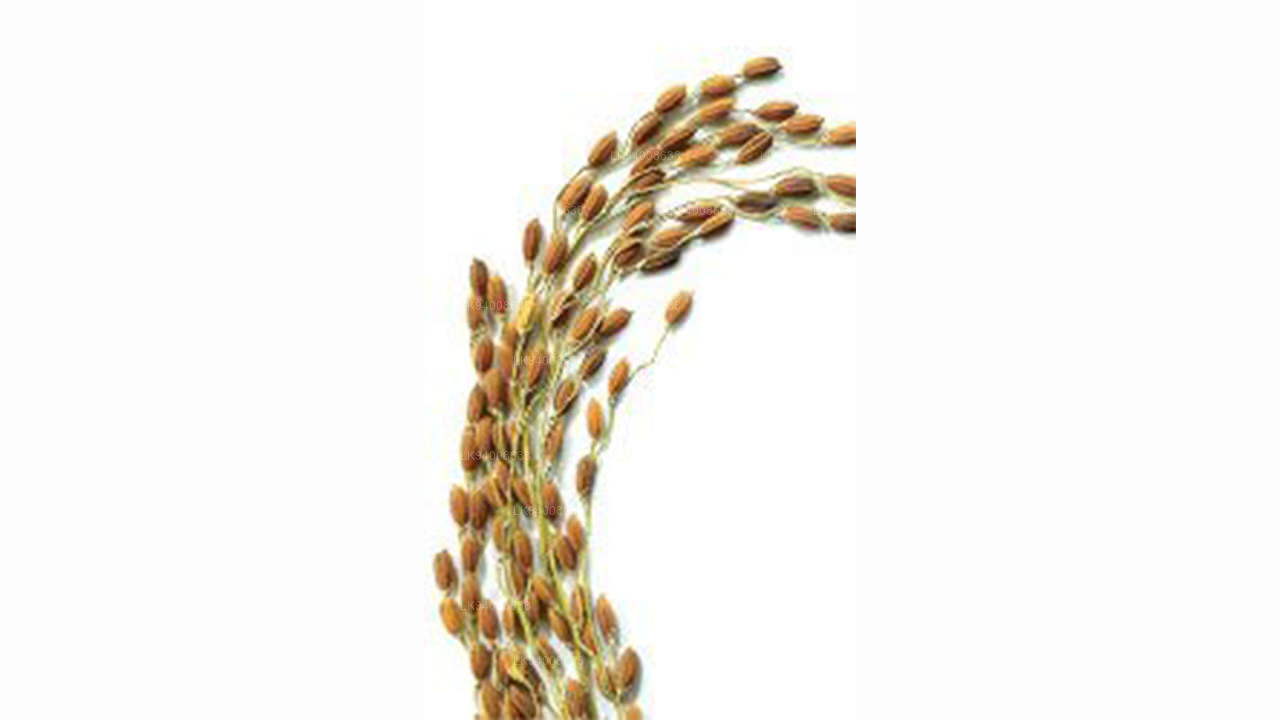 Rath Suwandal
Rath SuwandalRathsuwandal to popularna odmiana czerwonego ryżu o średnim ziarnie, tradycyjnie uprawiana na Sri Lance. Roślina osiąga maksymalną wysokość 120 cm. Zbiór plonu trwa 3,5 miesiąca od siewu.
















